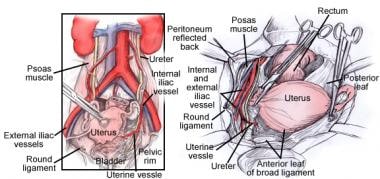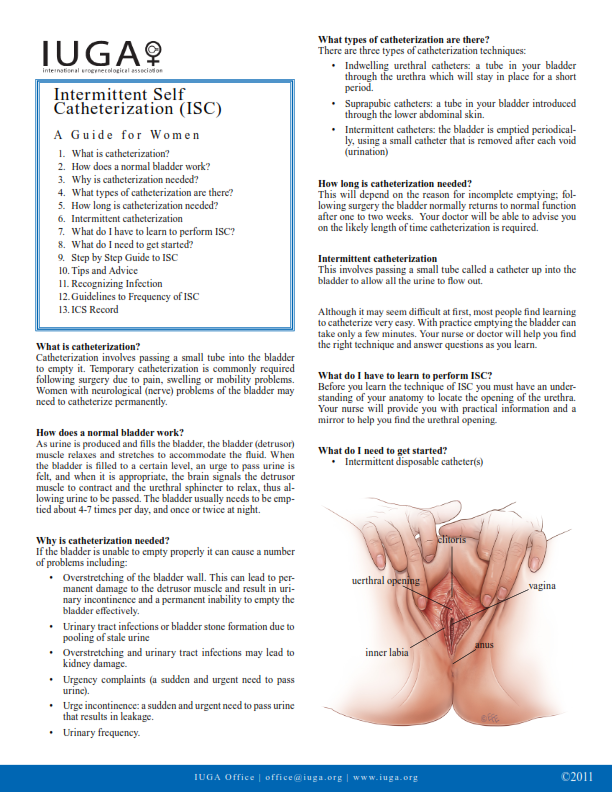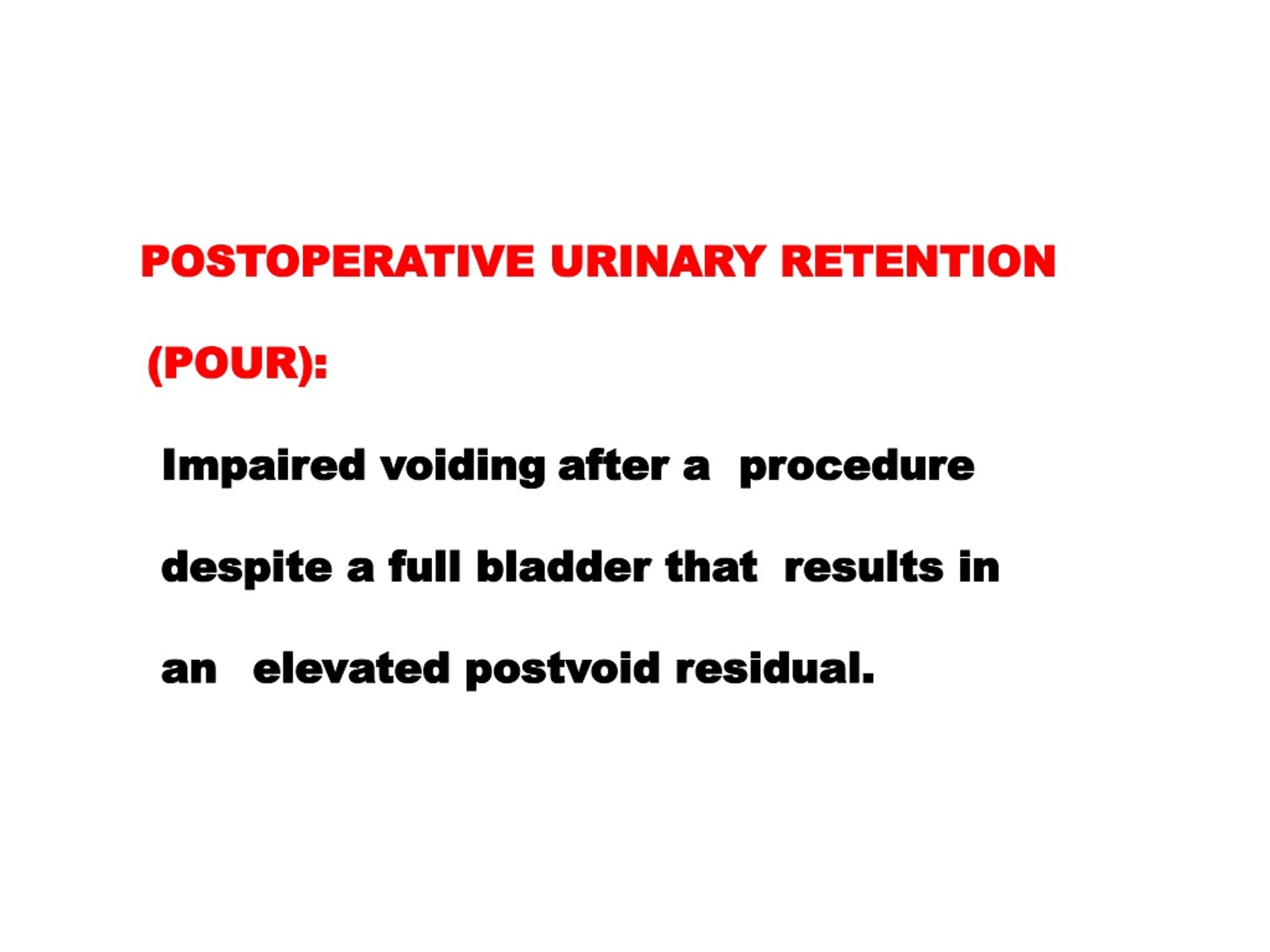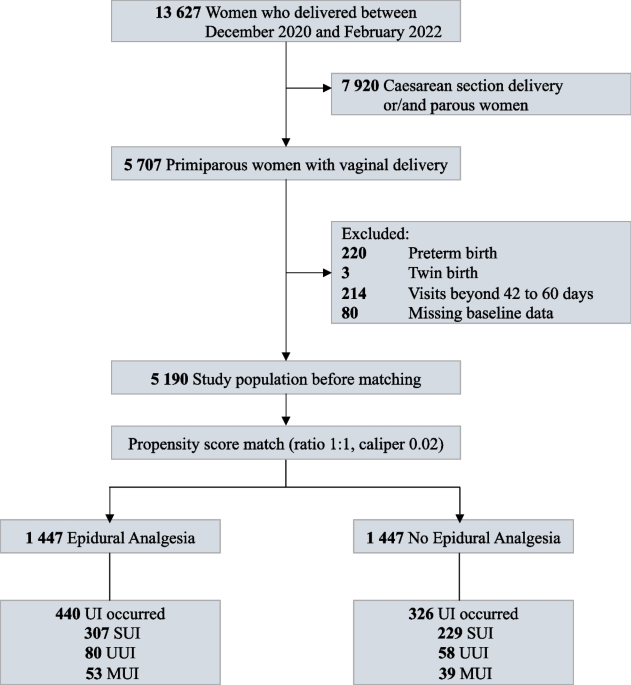
Effects of Urinary Catheter Clamping After Cesarean Section on
In this study, urinary catheter clamping has no reducing effect on post-void residual urine volume, urinary tract infection and subjective voiding difficulty. ABS TRACT Objective: This study was planned to investigate the effect of intermittent clamping of the urinary catheter after cesarean section and exercising the detrusor muscle on the post-void residual urine volume and reduction of the risk of urinary tract infection in the early stage. Material and Methods: This randomized controlled study was carried out with 100 primiparous pregnant women who were to undergo elective cesarean section between January 2019 and January 2020. The participants were randomly assigned into 2 groups: the experimental group including 50 patients who underwent urinary catheter clamping 3 times after the postoperative 3rd hour, by turning off the urinary catheter for 3 hours, and then turning it on for 5 minutes and the control group including 50 patients who did not undergo urinary catheter clamping. The study data were collected with the maternal information form and Urinary Distress Inventory (UDI-6). The UDI-6 was used to assess the subjective voiding difficulty. The primary outcome of the present study was to determine whether exercising the detrusor muscle decreased post-void residual urine volume in patients having undergone cesarean section. The secondary results were the incidence of urinary tract infections and subjective symptoms experienced by the patients. Results: According to the comparison of the post-void residual urine volume in the experimental (E) and control (C) groups, no significant difference was observed between the groups on the first day [E=10 (20%), C=12 (24%) (p=0.629)] and in the first week [E=2 (4%), C=3 (6%) (p=1.000)]. In the sixth week, no post-void residual urine volume was observed in any patient in either group. There was no statistical difference between the groups in percentage change values in time dependent intragroup UDI-6 scores (p=0.453). While the median change in the experimental group was 50.60%, this value was obtained as 58.93% in the control group. While the rate of the participants with positive urine culture in the experimental group was 6%, it was 4% in the control group, and there was no significant difference between the groups (p=1.000). Conclusion: In our study, urinary catheter clamping has no reducing effect on post-void residual urine volume, urinary tract infection and subjective voiding difficulty.

Catheter Care and Maintenance Agency for Healthcare Research and Quality

Risk factors and management of persistent postpartum urinary
What happens when the bladder gets stitched to the uterus during a Caesarean section? - Quora

Catheter Care and Maintenance Agency for Healthcare Research and Quality

Postpartum urinary retention

PDF) Association of acute urinary retention in postoperative patients with a urinary catheter, with and without bladder catheter clamping

Catheter Care and Maintenance Agency for Healthcare Research and Quality

Postpartum urinary retention

PDF] The effects of a catheter clamping protocol on bladder function in neurosurgical patients: a controlled trial.

Cesarean Hysterectomy Technique: Approach Considerations, Best Practices, Complications and Outcome

Ara









